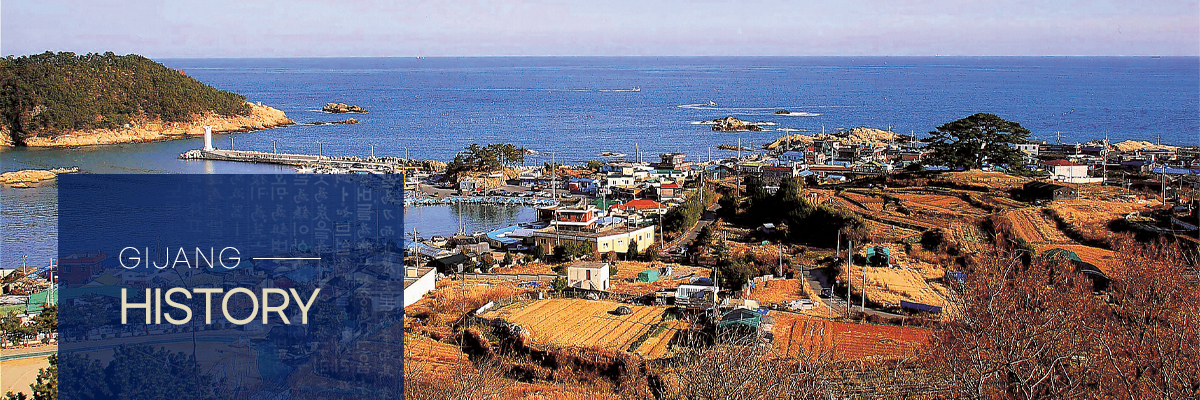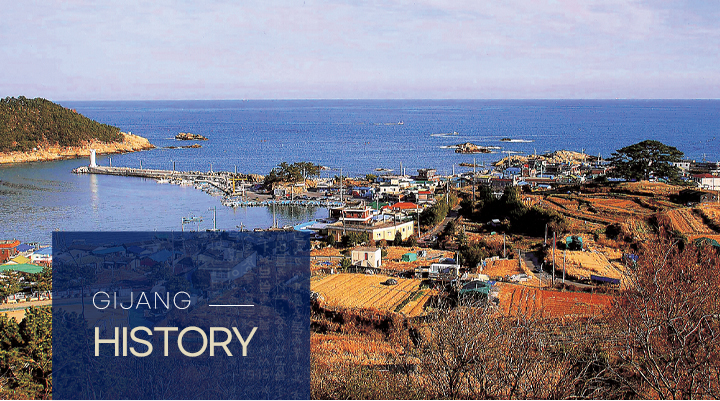The History of Gijang County


The name ‘Gijang’ has been used in a Chinese character pronunciation from the 16th year of the Gyeongdeok King of Shilla (757) until today. Before using the current name, it was previously known as Gaphwayanggok, which can be known from records in Samguksaki volume 34, magazine 3. Gijang was also recorded under a different name, Chaseong, according to Goryosa volume 56, issue 2.
Where did the name Gaphwayanggok originate from? If you want to know where the name of Gaphwayanggok derived from, you can find the origins of the name change of neighboring Dongrae. Before the 16th year of King Kyeong-deok, the name of the Dongrae-gun was Geochilsan-gun, and the name was the name derived from the Korean word ‘Geochilda”. The Chinese characters of the name contain the meanings ‘big village’ as well as ‘village on the outskirts’. It also contains the meaning of ‘first village’. It represents the first place residents set foot on after returning home after working at sea.
The reason why the name changed from Gaphwayanggok to Gijang is related to the Chinese character policy in the 16th year of King Kyeongdeok, which is when unified Silla decided to use the Chinese character system for all place names.
Where did the title of the Gaphwayanggok originate from? The reason why Gijang had the nickname of Chaseong is due to the meaning of the Chinese characters of ‘Cha’, car, and the crown of the head. It contains the meaning as a strategic point of contact with the coast, and hence the nickname for Gijang. From the above, it seems that the nickname for Gijang derived from the fact that it is in contact with the coast and is a key point of military change.


